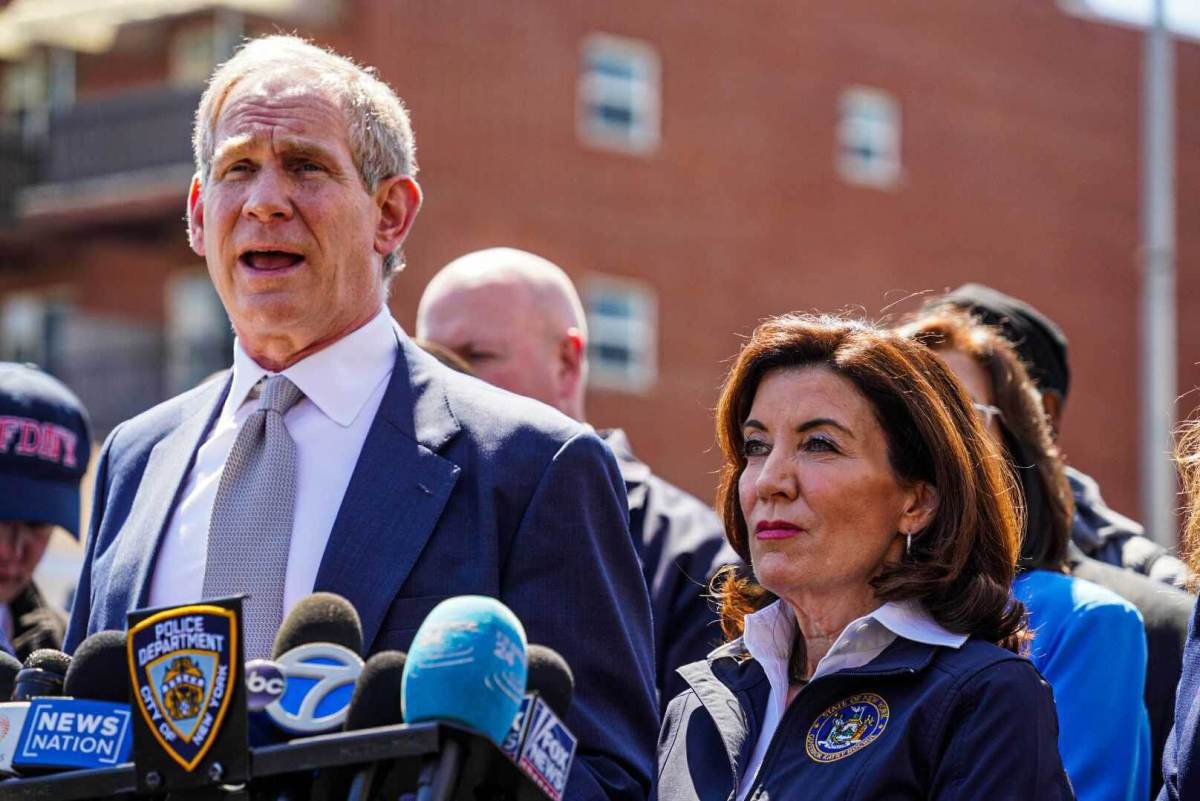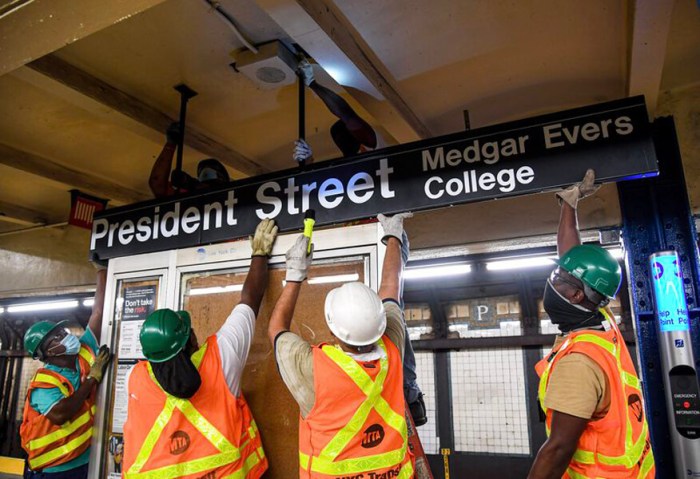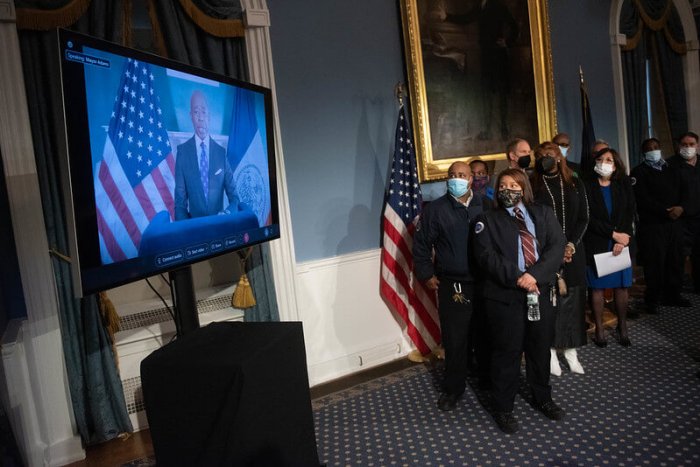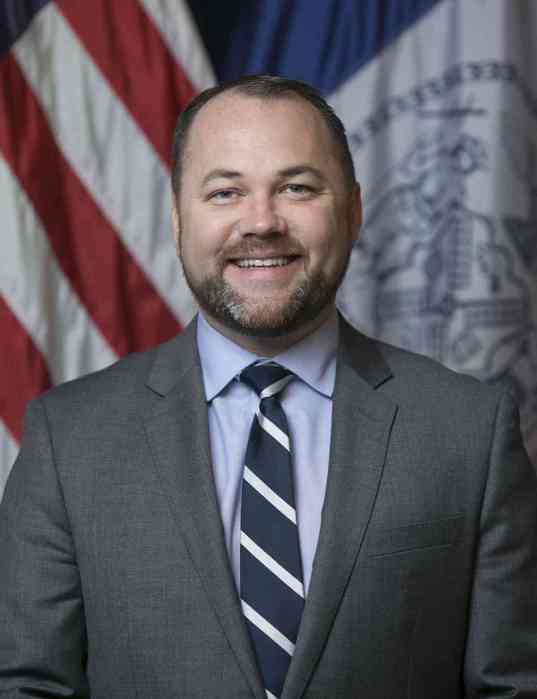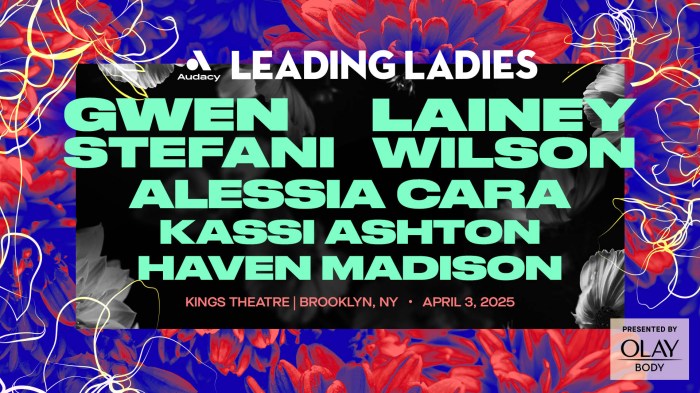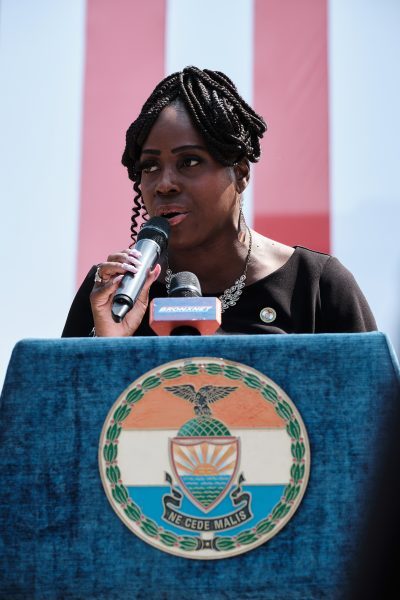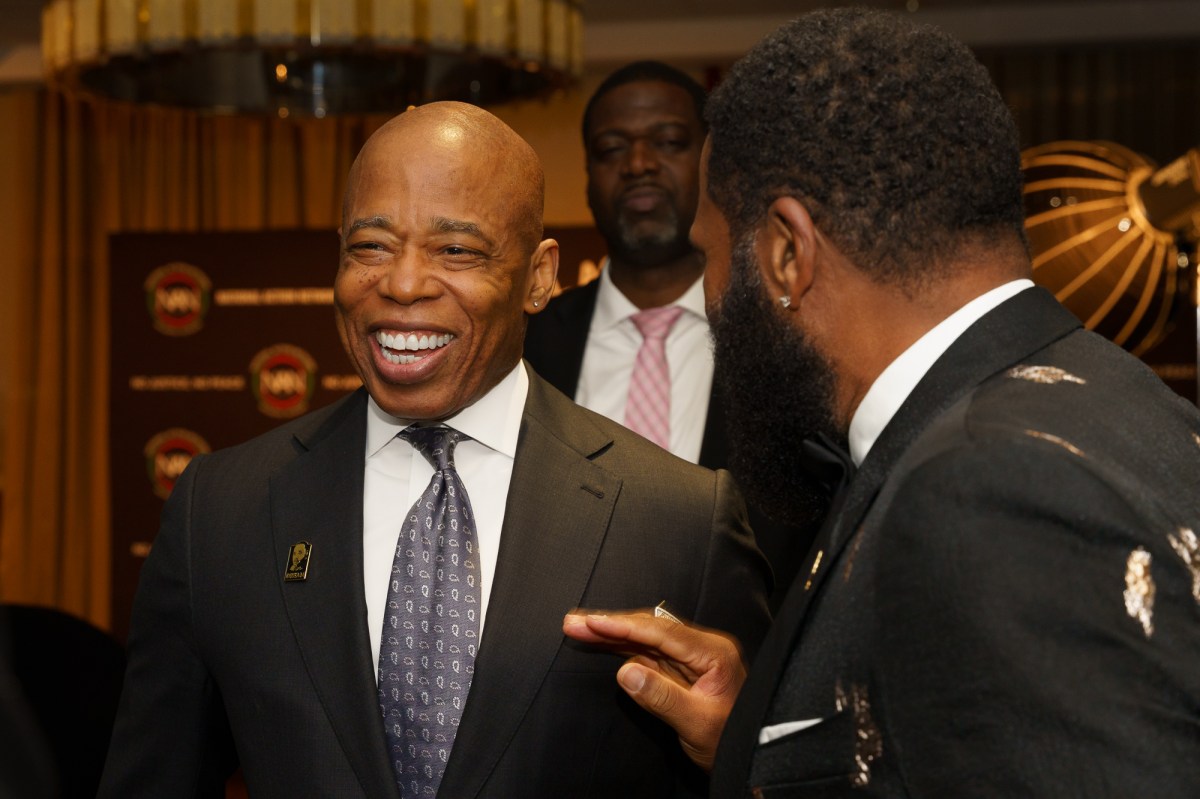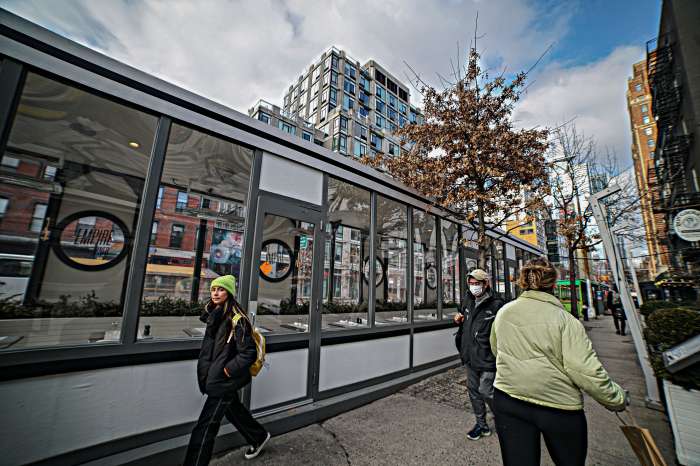The MTA and transit safety became a central theme in the weeks leading up to the midterm elections. I can understand why — transit is a bipartisan issue that affects all New Yorkers, and the system must be safe (and feel safe) if riders are going to use it.
But with the dust now settled on Governor Hochul’s victory, we can continue our focus on efforts to carry out the MTA’s core mission: providing strong and safe service to support the region.
Governor Hochul has been on board since the beginning, digging in early and often on MTA issues. After Hurricane Ida, she was there with us surveying the damage and strategizing on federal relief funding. When the threat of fare hikes and service cuts loomed large, the Governor delivered a budget that allowed us to avoid both. And she’s not been afraid to think big, whether it’s transforming Penn Station or creating transformative Brooklyn-Queens connections with her Interborough Express proposal.
Now we’re heading into a critically important legislative session where this kind of steadfast support is more meaningful than ever. It’s no secret the MTA’s finances are in dire straits due to ridership drop-off post-COVID; we’re just a few years away from a daunting $2.5 billion annual recurring operating deficit. I’ve been vocal about the need for a new financial model, one that depends less on fares paid by riders, and instead treats and funds mass transit like the essential service that it is. But that’s on our legislative partners in Albany to decide and having an ally in the governor’s office driving the discussion will help the cause.
We’ve come too far to let the MTA flounder now. Weekday subway ridership is up more than 70% since the beginning of 2022. The subways smashed ridership records the weekend of the New York City Marathon, with 2.1 million customers on race day. That’s 85% of pre-COVID ridership. Access-A-Ride paratransit service did even better, hitting 100% of the 2019 baseline. It’s a sign that the City’s recovery keeps making progress. We need strong mass transit to keep that momentum going.
The MTA is doing its part, working with the City and State to promote subway safety and push back on fare beating, tackle service issues and post-COVID staffing shortages, while expanding accessibility for all, redesigning the bus network to increase speeds and advance equity, and strengthening and expanding the system to meet the needs of our changing region.
With the election behind us, we’re looking to express toward success on every front.
Janno Lieber is MTA chair and CEO.


